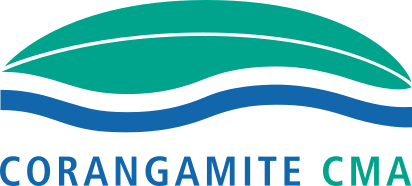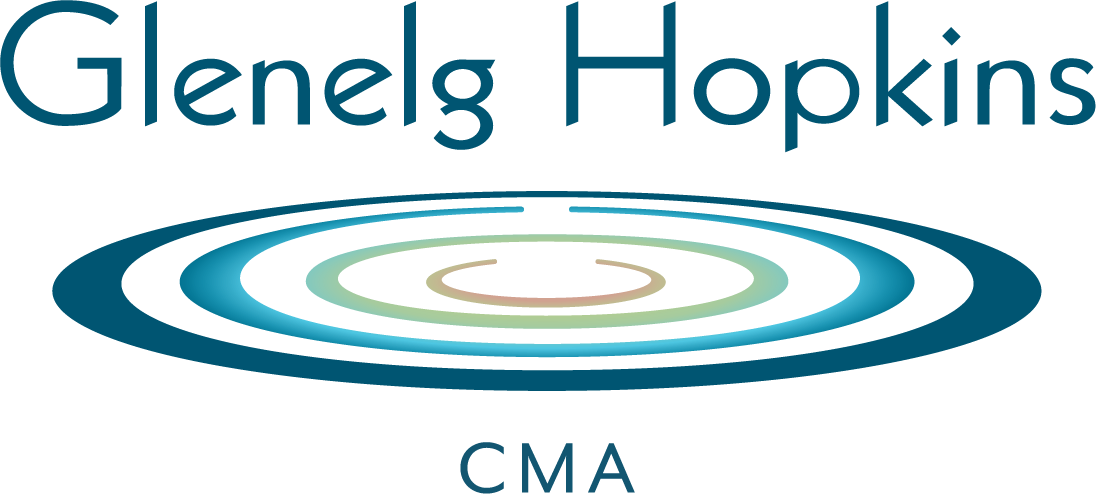In addition to the ten councils and two CMAs, significant expertise and technical skills have been added to the project. Participating parties include Mullion Group (FLINTpro) as system developers; South Pole, for carbon offset governance/certification; DELWP, investor in design and feasibility and the Barwon South West Climate Alliance, who will play a supporting role once the project is established. Additional businesses and investors may also be brought in as the project matures.
It’s early days in the project, but the projected outcomes from the project are to:
- Achieve regional NRM outcomes including improved water quality, soil health and habitat connectivity, as well as adaptation to climate change.
- Support local community groups and private landholders undertaking NRM projects through a new investment stream.
- Support and sustain the local revegetation industry including seed banks, nurseries, and other revegetation industry related small businesses, thereby avoiding the current ‘boom and bust’ government investment cycles.
- Leverage future state, federal and non-government investment into local NRM programs.
- Support and invest in regional green, blue and teal carbon industries and research, as well as encourage the sustainable advancement of these industries.



















